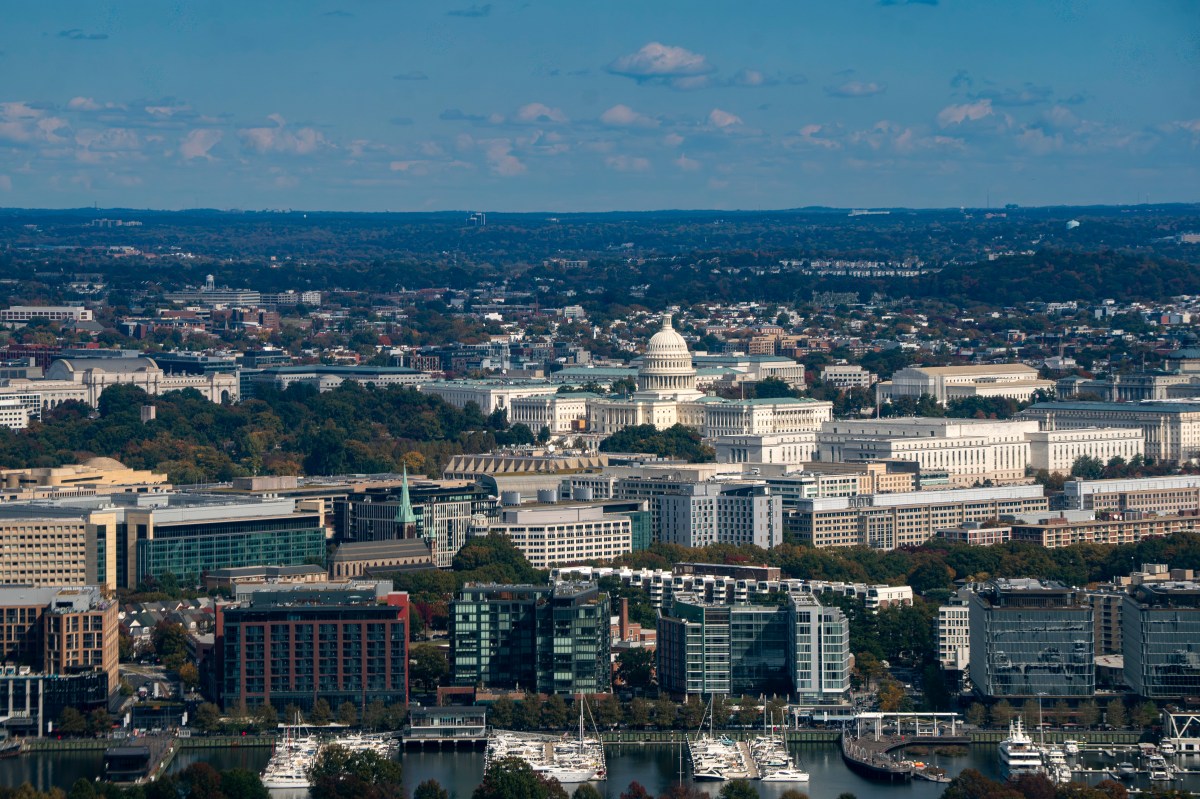URGENT UPDATE: Jakarta has officially eclipsed Tokyo to become the world’s largest city, according to a groundbreaking report released by the United Nations Department of Economic and Social Affairs earlier today. This monumental shift highlights the rapid urbanization unfolding across Asia and the changing landscape of global megacities.
Jakarta now boasts a staggering population of 41.9 million residents, pushing Tokyo down to third place with just 33.4 million. This marks the first time in decades that Tokyo has not held the title of the most populous city on Earth, reflecting a dramatic surge in urban growth in Asian capitals. Following Jakarta is Dhaka, Bangladesh, with nearly 36.5 million people, and New Delhi, India, with just over 30.2 million.
The implications of this demographic shift are profound for urban planning and infrastructure development worldwide. As the U.N. report indicates, nine of the ten most populous cities are now located in Asia, underscoring the continent’s rapid population growth compared to the United States and other regions.
In stark contrast, the population of Washington, D.C., is notably small at just 3.27 million, according to the U.N. measure of urbanized areas. The U.S. Census Bureau reports a significantly lower figure of approximately 702,000 for the city proper, illustrating how far behind the capital lags in comparison to these megacities.
The U.N. data also reveals the largest U.S. city, New York, has dropped to 22nd place globally with a population of 13.9 million, down from 15th in 2000. Los Angeles follows closely as the 27th largest city with 12.7 million, also experiencing a decline since 2000.
This report comes as a wake-up call for U.S. cities, emphasizing the urgent need for re-evaluation of urbanization strategies to address infrastructure challenges. As cities in Asia continue to expand rapidly, American cities risk falling further down the global rankings if proactive measures are not taken.
Overall, the demographic landscape is shifting dramatically. Other notable entries in the top ten include Shanghai (29.5 million), Guangzhou (27.5 million), and Cairo, Egypt, which, at 25.5 million, is the only non-Asian city in the top tier.
With these developments, urban planners and policymakers across the globe must now grapple with the implications of this shift. How will this influence global economic trends, migration patterns, and the future of urban living? The world will be watching closely as these cities evolve in the coming years.
Stay tuned for more updates on this unfolding story that is reshaping our understanding of urbanization and megacity dynamics.
